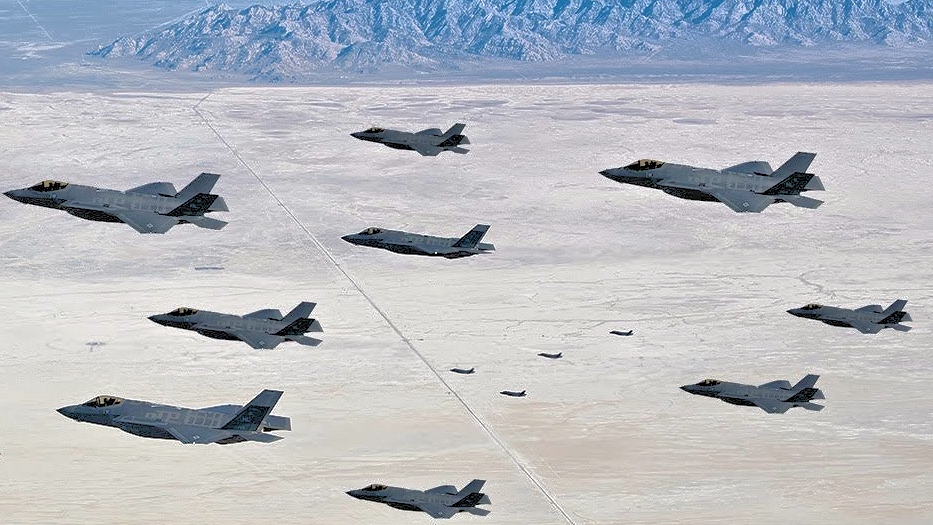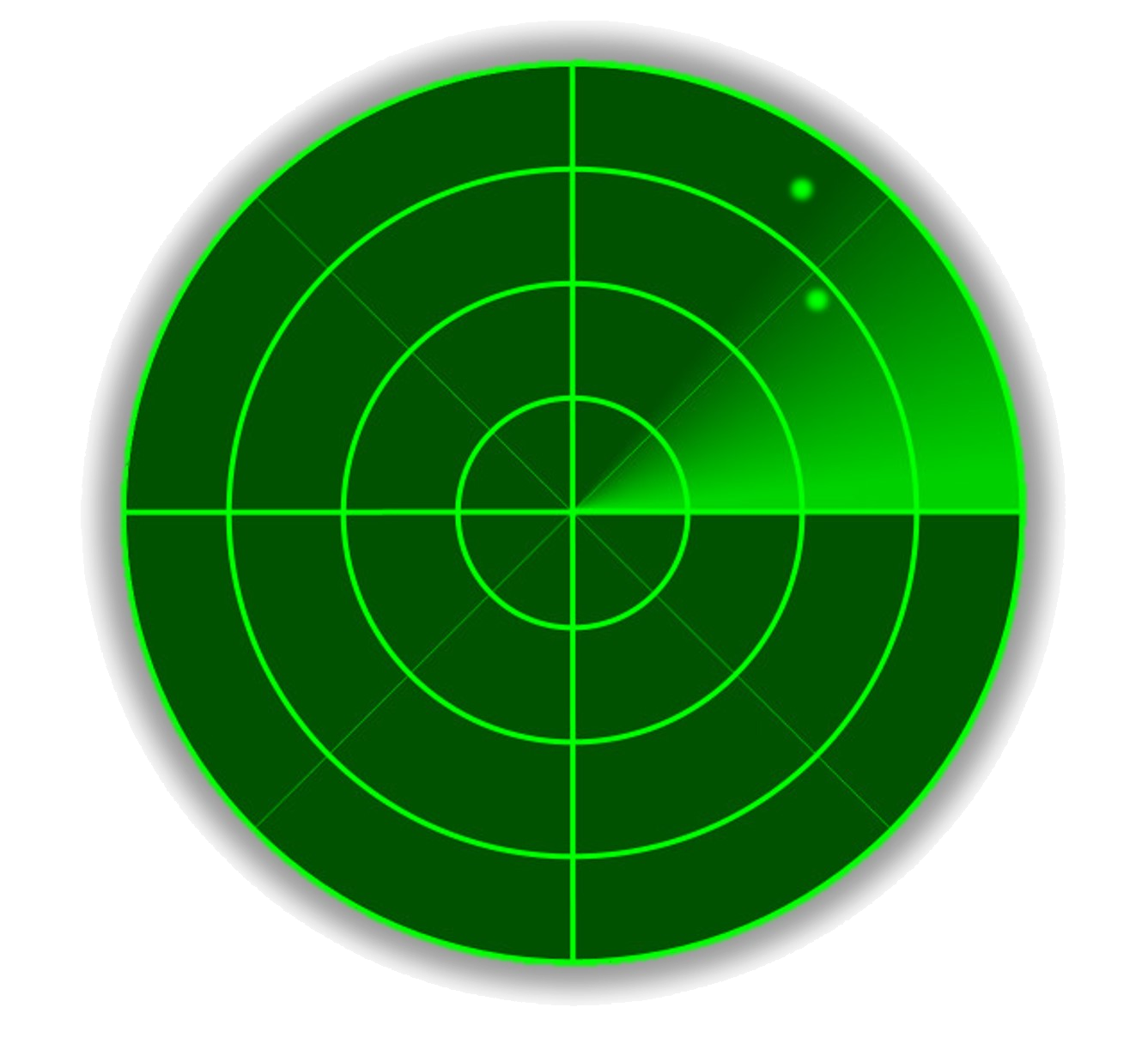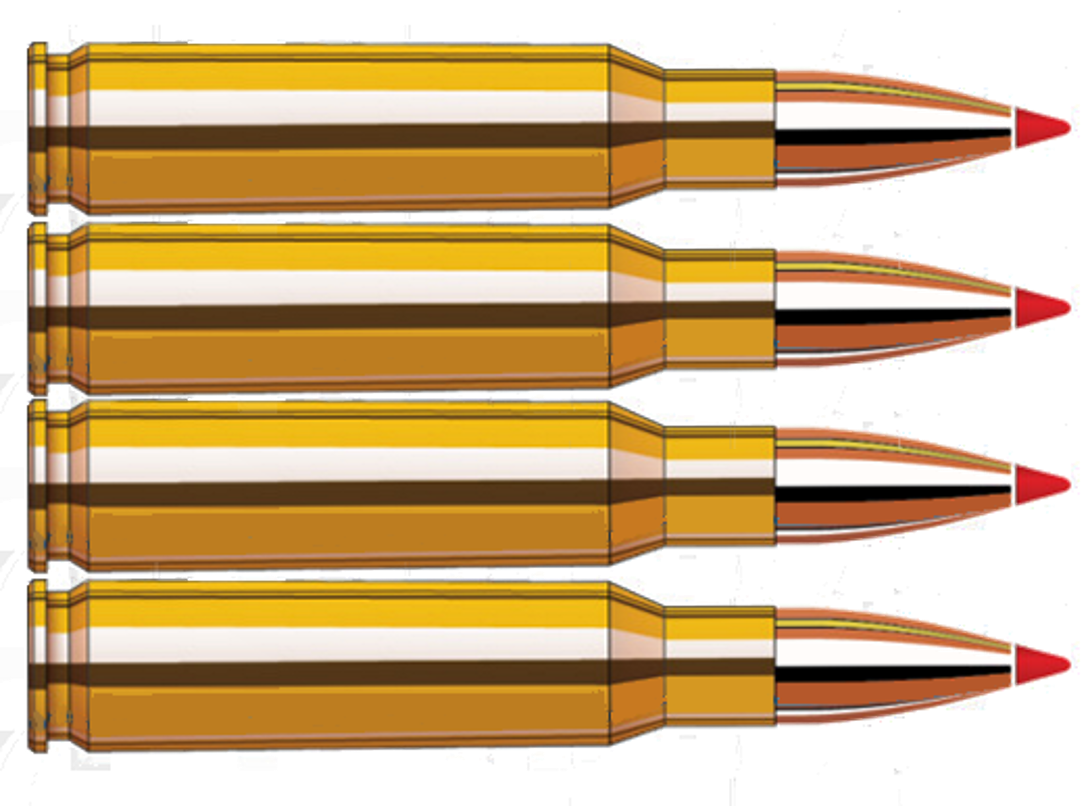Our end-of-year growth goal is off to a strong start, but slightly lagging the fight. Good news though; it’s early in the vul and you can double-up to catch up.
The Merge is 100% dependent on you. Read, enjoy, and share to keep spreading the SA. |
Get in formation and follow us! |
 |
This week we’re breaking down air superiority, but not why it matters (that’s obvious). Instead, we’re going to tell you what it is.
Spoiler alert: most people don’t have a firm understanding of the concept.
The Bible
An Air Force fighter pilot’s tactical bible is officially known as the AFTTP 3-1 (Air Force Tactics, Techniques, and Procedures).
Unbeknownst to most of these stick-wiggling sun gods, their “3-1” nests under a broader 3-1 called AFDP 3-1 (Air Force Doctrine Publication).
[geeky footnote: ‘3’ comes from operations in the U.S. military staff speak, and ‘1’ because air operations is the first volume in this doctrine series. That’s where the tactical “3-1” gets its name]
AFDP 3-1 is the official doctrine of air operations, which sets the foundation for everything else that follows. One of the most important concepts in AFDP 3-1 is control of the air. Specifically, we’re talking about the degrees of control—where air superiority comes in.
Oh, What
Three dates typically live in the lore of the modern Air Force fighter pilot:
While interesting footnotes, these actually have nothing to do with air superiority.
Wait, What?
Air Superiority is the degree of control of the air by one force that permits the conduct of its operations at a given time and place without prohibitive interference from air and missile threats.
This is different than Air Supremacy, which is described in terms of operating without effective interference.
FYI: Air Parity is when neither side has air superiority and a campaign incurs prohibitive interference. This can either result in a suspension of air operations or a period of intense conflict where all resources are devoted to gaining air superiority in order to resume the campaign.
Here’s a snazzy chart that sums this up. |
 |
Fighter Pilot Translation
Air Superiority: During major combat operations, you can (and will) incur blue losses (air and surface) and still maintain air superiority if it does not dramatically alter the original campaign plan. This is separate, but somewhat related to, acceptable risk levels because the extent of loss depends on the situation (we’ll cover attrition in a future topic).
Air Supremacy: A better version of air superiority. A force may incur minimal losses but it does not interfere with the larger campaign plan. This pretty much describes all operations since 2001 in Afghanistan, Iraq, and Syria.
At this point you might be wondering WTH is Air Dominance, a term often used in Air Force circles.
The answer: Nothing, officially. It’s a made-up feel-good term.
|
In That Number
1500+
The number of space junk pieces created by a Russian anti-satellite weapons test that destroyed an old satellite. Unlike previous tests conducted by the U.S. and China, Russia’s target satellite was above—not below—the orbit of the International Space Station (ISS).
The debris field is traveling at 17,500 mph, passes the ISS every 90 minutes, and will take years to de-orbit. |
Trivia: Fence in for Black Friday this week, the shopping gluttony that follows Thanksgiving here in the US of A.
The U.S. military had its own "Black Friday" in 1948 when the Soviet Union suddenly activated new encryption that the dismantled post-war U.S. signals intelligence community could not crack. In response, the Secretary of Defense ordered the creation of a Top Secret organization that exists to this day.
What is the name of the organization? |
 |
Kymeta, Intelsat, and Fraunhofer IIS successfully demonstrated satellite-enabled 5G connectivity for mobile communications. Fraunhofer led the project. Intelsat provided the multi-orbit, software-defined 5G network. Kymeta lent their electronically steered flat-panel u8 antenna...which was bolted to a car, driven around, and maintained its space-based 5G service.
The Silicon Valley Defense Group is preparing to launch an incubator in January 2022. Called the SVDG Academy, the cohort-based program is geared toward early and mid-stage commercial tech start-ups exploring entry to the NatSec market and will consist of virtual programming and physical residencies in Washington DC, Silicon Valley, and San Diego. The initiative is backed by AWS and Franklin Templeton Investments. |
They Said It
“You can imagine a reusable system that can fly around and drop payloads and come back, or a hypersonic system that can carry other hypersonic systems."
|
LeoLabs produced this gif to show they’re tracking the largest pieces of Cosmos 1408 space debris (white dots, not to scale) in relation to the ISS (blue orbit).
The debris ranges in altitude from 440 to 520km. |
Perhaps you’ve noticed the amount of dual-use tech happenings we post.
Zoom in here to learn more about the $86B ‘intelligence-industrial base’ and how Silicon Valley’s venture capital firms are leaning into it. |
 |
- Raytheon, Lockheed, & Northrop Grumman were each awarded contracts to develop the first counter-hypersonic interceptor
- The DoD picks Amazon, Microsoft, Google, and Oracle for its multibillion-dollar cloud project
- Pratt & Whitney said they won’t protest GE’s win of the F-15EX engine contract
- The Navy awarded Raytheon a $20 million production contract for Tomahawk Block Va, a maritime strike variant of the venerable 1,000-mile cruise missile
- Capella Space revealed they will use Mynaric laser comm terminals to test interoperability with the MDA’s LEO constellation (Capella satellite to MDA satellite, and Capella satellite to MDA ground station)
- Virgin Orbit said it projects that more than 40% of the company’s business will be defense-related by 2026
- IBM stated its new quantum chip could surpass the performance of standard chips in the next 2 years, then claimed its Eagle chip already achieved 127 qubits of processing power
- Iceye entered into a cooperative research and development agreement (CRADA) with the U.S. Army Space and Missile Defense Technical Center
- Britain’s retired fleet of Sentinel aircraft might be sold to the U.S. Army through a Raytheon USA/Bombardier deal
- Taiwan commissioned its first squadron of new F-16Vs
- The NRO expanded their existing contract with Planet Federal for 3-5 meter imagery
- Textron Aviation announced that Thailand has become the first export customer of the company’s AT-6 Wolverine
- L3Harris revealed they are working under a $284 million contract to develop a new space jammer known as Counter-Communications Systems (CCS) Block 10.3 and is expected to finish development in 2022
- The Army tested drones in hopes they can deliver life-saving blood to the battlefield
- The Air Force Research Laboratory confirmed plans to open up a center for strategic studies into directed energy in collaboration with the University of New Mexico
- Thales and MBDA unveiled a new long-range ground-based air defense system called SAMP/T NG
- Delft Technical University flew a scaled prototype of its innovative Flying-V experimental airliner design
- Georgia Tech became the 11th university to join the Space Force University Partnership Program
- Poland said it is acquiring 300 used Cougar MRAPs from the U.S.
- General Atomics showcased its new surveillance information dashboard program that displays a common operating picture of all sensors for UAS operators
- Intelsat and OneWeb showed the Army it can provide broadband internet service via multi-orbit satellite constellations (LEO and GEO) through a single terminal #SATCOMaaS
- The Defense Innovation Unit published a set of responsible AI guidelines
- The Air Force conducted another Rapid Dragon palletized munition demonstration, this time using a production long-range cruise missile test vehicle
- Lockheed Martin announced it will deliver its first THAAD air defense system to Saudi Arabia in 2023
- The Royal Air Force completed the first-ever aircraft flight powered entirely by synthetic fuel
- Hydrosat raised $10 million in seed funding to develop a constellation of satellites to thermal infrared data to monitor the Earth’s water cycle
- The Air Force Research Laboratory contracted Utah State University to support space-related research and technology development at its Space Dynamics Laboratory
- Russia’s Rostec revealed it is holding talks with Emirati businesses about co-producing the Su-75 Checkmate
- The Navy accepted the first Freedom LCS with an updated and corrected combining gear system
- Israel Aerospace Industries and Emirati’s Edge Group signed a memorandum of understanding to jointly design unmanned surface vessels with a range of military and commercial applications
|
Have friends who'd love the Merge too? Give them your unique referral link and start earning rewards when they subscribe.
Your unique referral link:
You currently have referrals
|
Trivia Answer: Originally known as the Armed Forces Security Agency, it became the National Security Agency in 1952. Since the existence of the NSA was classified until 1975, it sometimes went by another name: No Such Agency. |
Get in formation and follow us! |
|
|
|
|